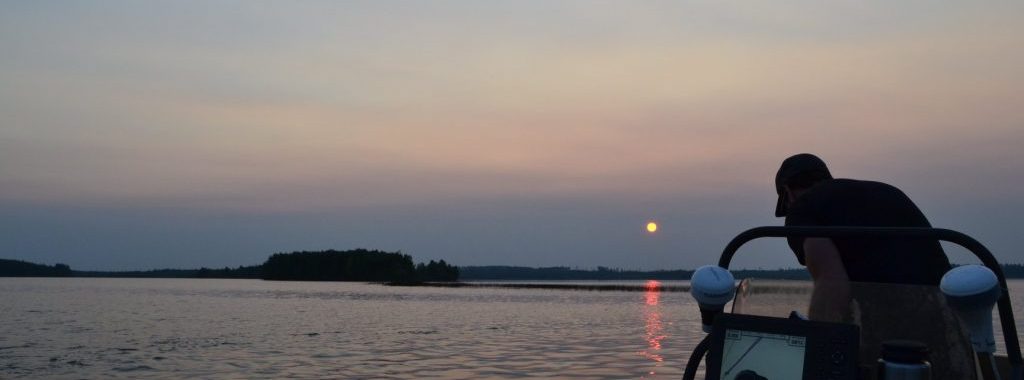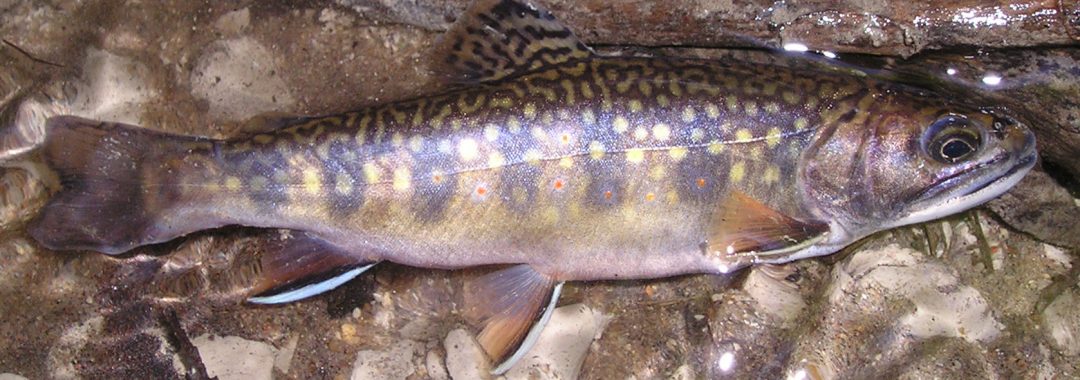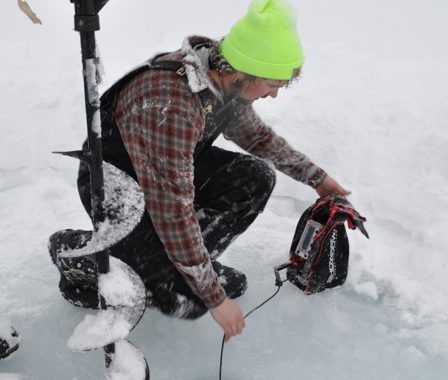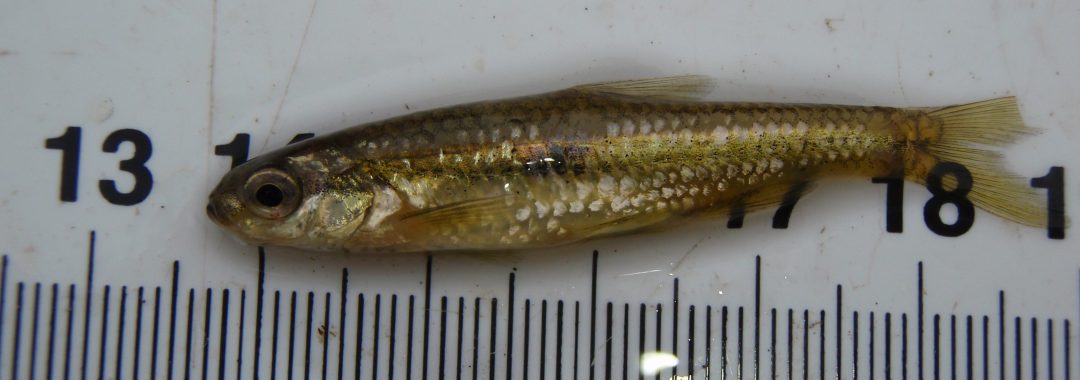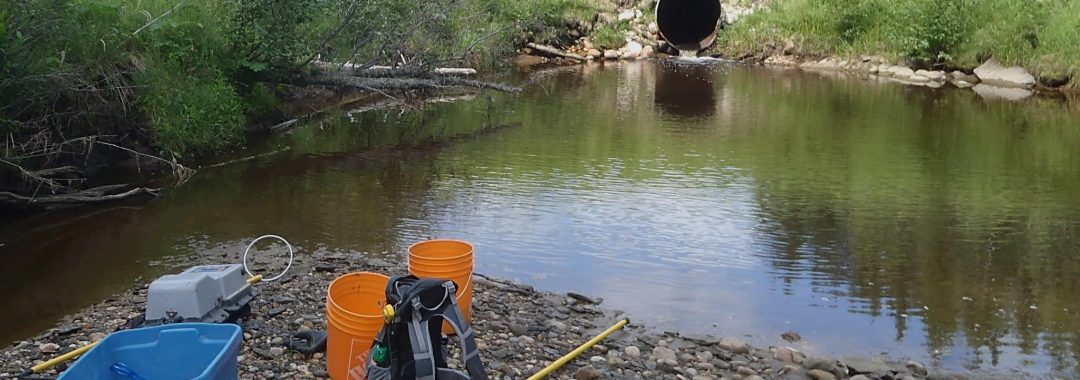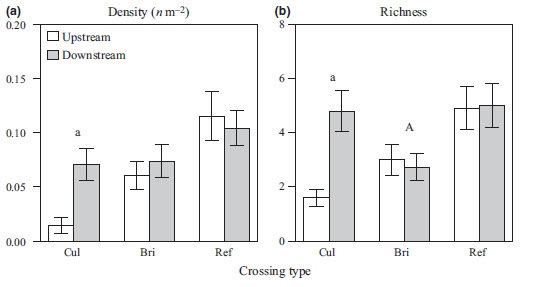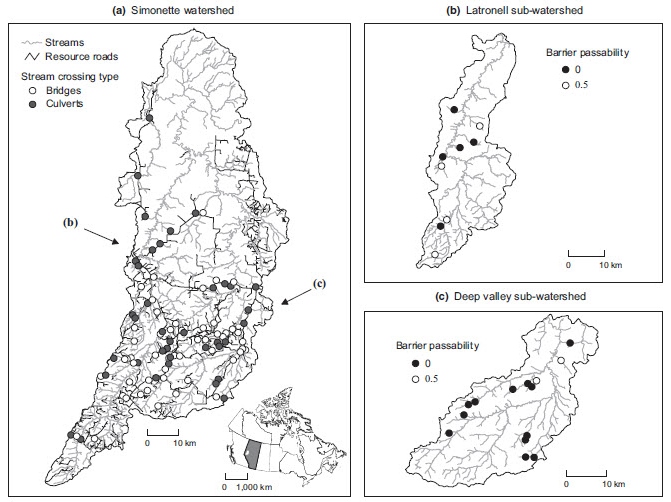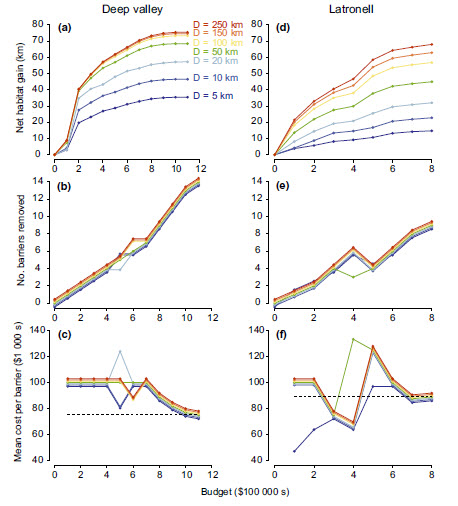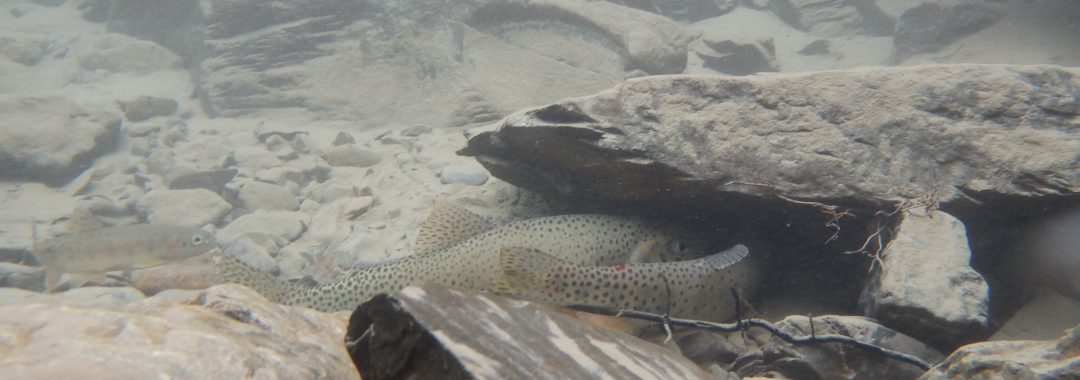Abstract
The invasion of non-native fish species poses a major threat to native salmonids in freshwater ecosystems. We investigated the potential displacement of threatened Bull Trout (Salvelinus confluentus) by non-native Brook Trout (Salvelinus fontinalis) and Brown Trout (Salmo trutta) in 44 headwater streams across Alberta, Canada. Using electrofishing surveys and a combination of single- and multi-species N-mixture models, we examined how fish abundance responds to instream habitat characteristics, landscape features, and species interactions, while accounting for imperfect detection. Results revealed that reduced Bull Trout abundance was correlated with the abundance of Brook Trout in cold streams (mean August temperature <11°C) that lack habitat complexity, particularly where large woody debris and heterogeneous channel features are limited. Conversely, Brown Trout were associated with reduced Bull Trout abundance in larger, lower-elevation systems, likely due to competitive dominance in deeper and slower habitats. These findings highlight that temperature alone likely does not dictate displacement risk; and that habitat structure and species-specific traits also play critical roles. Management strategies should prioritize the protection of cold, structurally complex streams and consider targeted removals or exclusion strategies to limit further invasion. Habitat restoration and assisted colonization to suitable, non-invaded refugia may further enhance Bull Trout conservation under ongoing climate and land-use change.
Citation: Pallard J. and M. S. Poesch. (In Press) Factors affecting Bull Trout (Salvelinus confluentus) abundance and potential displacement by non-native Brook Trout (Salvelinus fontinalis) and Brown Trout (Salmo trutta) in headwater streams. Aquatic Conservation: Marine and Freshwater Ecosystems 35(9): e70227. DOI: 10.1002/aqc.70227.
Also Read:
*Lab members: Jacquie Pallard and Mark Poesch. Check out opportunities in the lab!


